The dry weather continued into the summer and temperature advanced into the high twenties and occasionally 30oC.
Fortunately, compensation water from 4 reservoirs stopped the river from drying up, unlike other UK rivers. However, fishing for trout and grayling was affected by the large volume of compensation water.
Despite this, I’ve enjoyed several great days of fly fishing on the Welsh Dee during the summer.
June on the Welsh Dee
Euro nymphing on Llangollen upper beat
After a couple of weeks away, it was great to finally wet a line on the Welsh Dee in June. The sun had pushed the temperature above 20oC and with the river at its summer low, I decided the best chance of catching trout was to focus on fishing the pockets of fast water from the Channel Pool upriver.
I felt the best chance of tempting a few trout was to fish a two-fly euro-nymph set-up (point: #12 peacock collar black pheasant tail nymph with a 4 mm silver TB; dropper: #16 yellow quill nymph 3 mm TB).
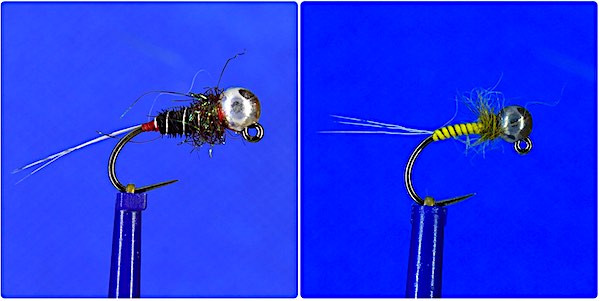
Starting at the head of the Channels, I methodically fished my way upriver. It wasn’t long before my line darted sideways and on tightening into the take…
a trout leapt into the air before charging downriver.
Eventually, I gained the upper hand and netted my first trout of the day, which had taken the pheasant tail nymph.

Fishing up through the remainder of the fast water produced thee more brown trout, two of which fell to the yellow quill nymph

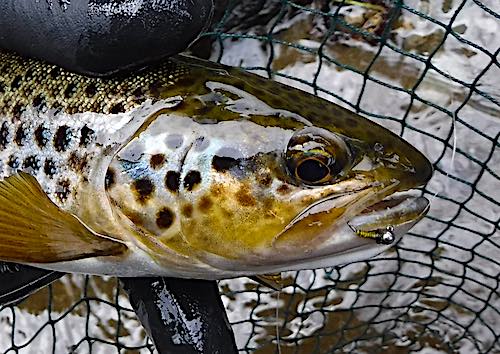
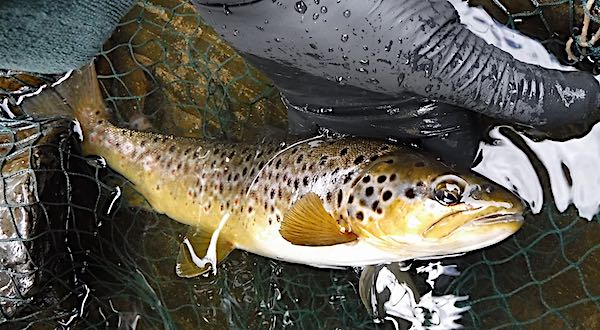
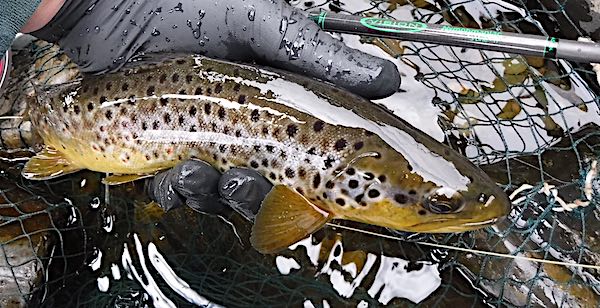
Next, I walked upriver to fish the fast water at the head of the Glide Pool.
After a few casts, I hooked powerful fish that took off downriver using the main current to its advantage. I had to scramble over several boulders to keep in contact and net what turned out to be beautiful grayling that had taken the quill nymph.
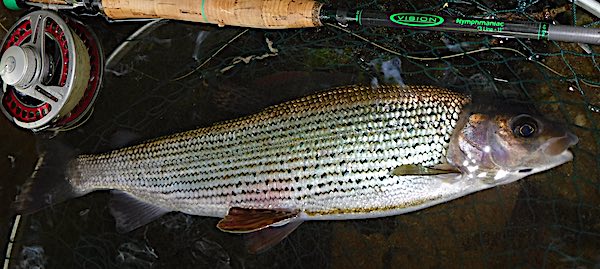
After a short rest to regain my composure, I moved up to fish the pocket water below Dee Farm. There I caught another lovely brown trout on the quill nymph and a few small trout and grayling.
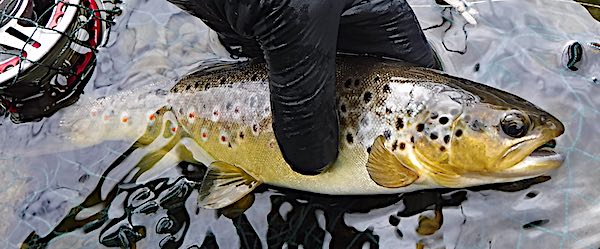
To finish off the day, I fished the fast water at the head of Dee Farm with the team of nymphs. Where I caught three more brown trout two of which fell for the yellow quill nymph.
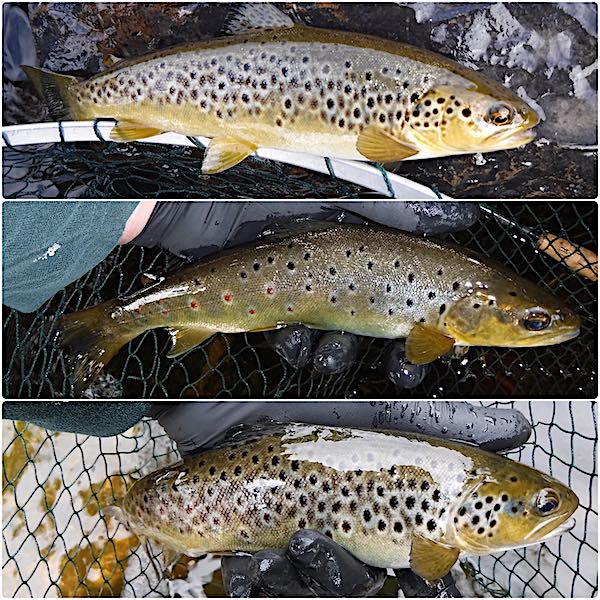
Overall, the approach of tight-line nymphing the fast water section of the upper beat during the heat of the day paid off, with the yellow quill nymph taking the bulk of the fish.
Fishing the Ddol Issa beat near Llangollen
I’d booked a week in a cottage at Besty-Y-Coed to fish the River Conwy for sea trout but with the river down to its bones, I took a trip to fish the Welsh Dee at Llangollen.
It was a warm (22°C), sunny morning at Ddol Issa beat. So, for the morning session, I decided to fish Mill Run because the river there is shaded by tree-lined banks. The river was at its summer level and I didn’t see any rising fish as I walked downriver. Therefore, I decided to start by euro nymphing my way upriver (point: #14 pheasant tail nymph with a 3mm copper TB; middle dropper: #14 hares ear nymph with a 2 mm gold TB; top dropper: #16 quill nymph with a 1.5mm TB).
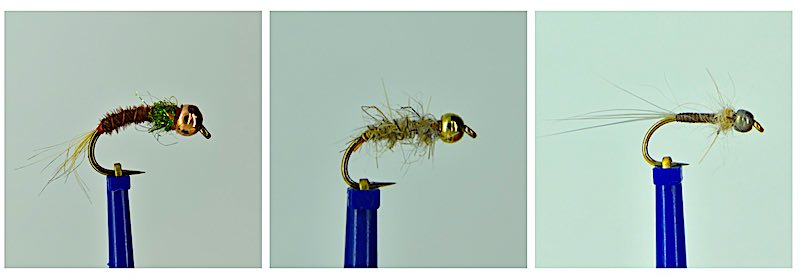
After a couple of casts, my line darted sideway and I lifted into trout that darted for the trees on the far bank. However, I quickly got the under control and netted a beautiful brown trout that had taken the Hare’s Ear nymph.
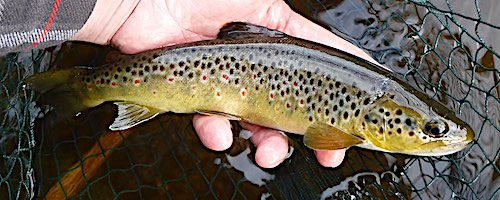
After missing a couple of takes, I connected with a solid take and a strong fish took off downriver. Carefully, I gained the upper hand and netted nice grayling that had fallen for the quill nymph.
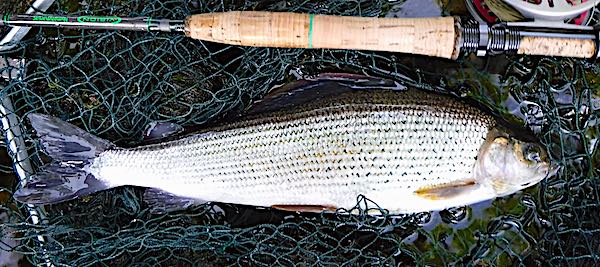
Fishing the remainder of the run until lunchtime produced two more grayling and several small trout.
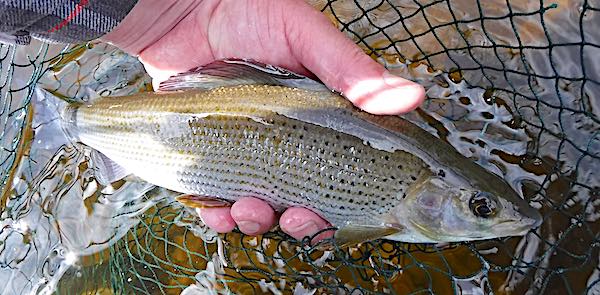
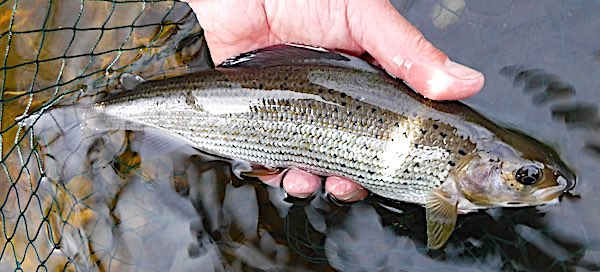
After a long lunch, I set up a 9ft 5# fly rod to fish a team of wet flies spaced 3ft apart on 3lbs copolymer leader (point: #14 black hopper, middle dropper: #14 March Brown spider; top dropper: #16 Iron Blue Dun).

Fishing the wet flies methodically through the fast run above the Cottage Pool produced a nice brown trout that fell for the black hopper and two grayling that took the Iron Blue Dun.
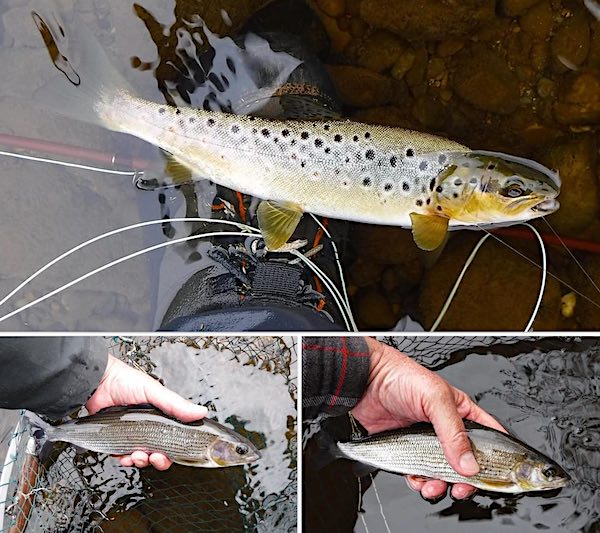
Welsh Dee trout and grayling fishing in July
July saw no let-up in the hot, dry weather across the UK. However, the release of reservoir compensation water stopped the Welsh Dee from drying up and made it possible to get out and catch some beautiful grayling and trout.
Fishing Grove Farm above Bangor-On-Dee
A fellow Bangor-On-Dee club member, Graham, contacted me to ask for guidance on fishing the clubs’ waters. I agreed to help, and we met to fish the Grove Farm beat at the beginning of July.
After explaining that euro nymphing would be the best approach in the current river and weather conditions, I set up my 11ft 3# Vision Nymphmaniac to fish a team of three nymphs spaced 18″ apart on a 4lbs fluorocarbon leader (point: #12 peacock collar black pheasant tail nymph with a 4 mm silver TB; middle dropper: #16 claret nymph with a 2 mm TB; top dropper: #18 hares ear nymph with a 1.4 mm TB).
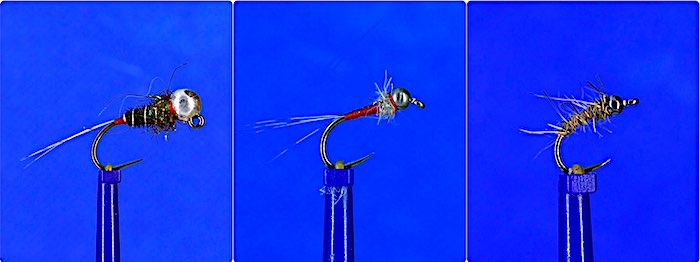
We walked upriver to fish the first pool on the beat that holds a good head of brown trout and grayling.
This pool is best fished when the river level is above 0.6m (Manley Hall gauge) but with the level at 0.45m, the faster water at the head and tail of the pool often produces fish.
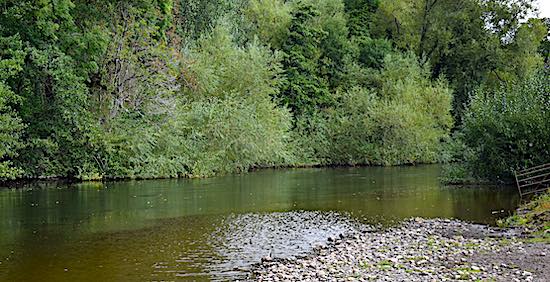
Graham wanted to see how and where I fish the head of the pool, so I got in and started fishing up through the faster water.
It wasn’t long before my indicator darted sideway and I was playing the first fish of the day, which turned out to be a beautiful brown trout that had fallen for the black PTN point fly.

Fishing the remainder of the fast water produced a few small grayling and close to the bushes at the head of the pool a bigger grayling fell for the claret nymph on the middle dropper.
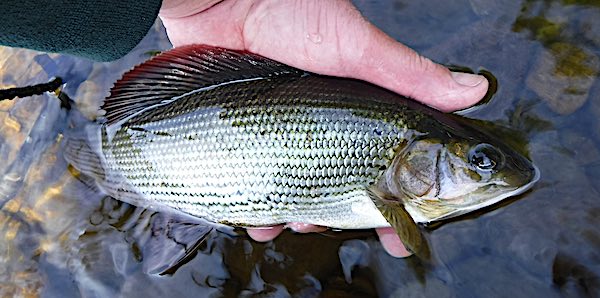
Next, we walked upriver to the next pool where I spotted a few grayling rising in the tail. After explaining to Graham how best to target them with his wet fly setup, he managed to get off the mark by landing a nice Welsh Dee grayling and a few parr.
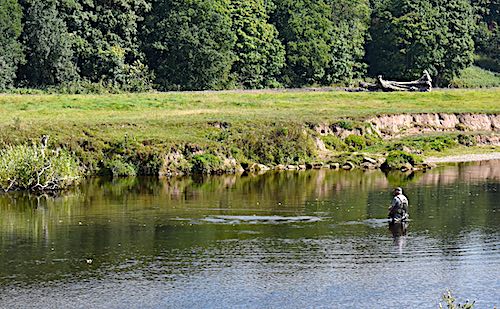
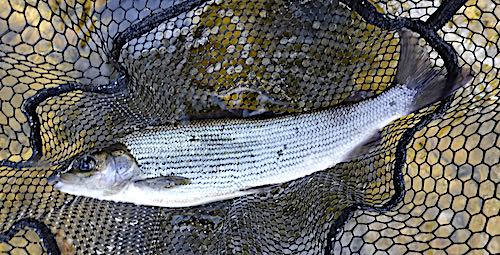
Eventually, the fish stopped rising, so we headed upriver to fish the Cemetery pool. I explained to Graham that when the river is low the fast oxygenated water at the top of the pool is a good place to fish.
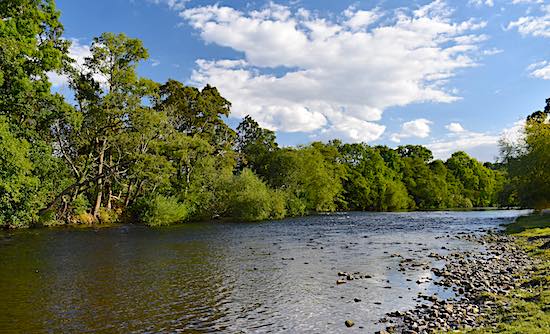
I demonstrated how to fish this pool and began below the fast water and slowly fished upriver.
After several casts, my line darted upriver and when I tightened into the take a Sewin shot into the air…
The hook held, and after a short struggle, I netted a beautiful sea trout that had taken the black PTN nymph on the point.
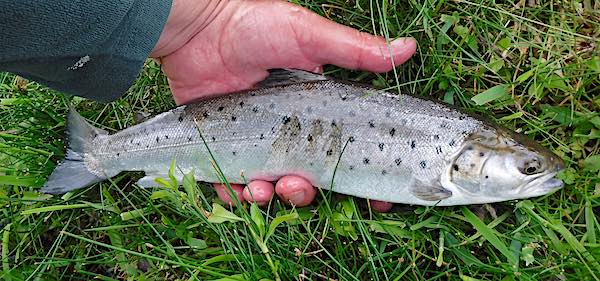
Fishing up to the head of the pool produced two lovely grayling. The first took. the hare’s ear nymph and the other fell for the black PTN.
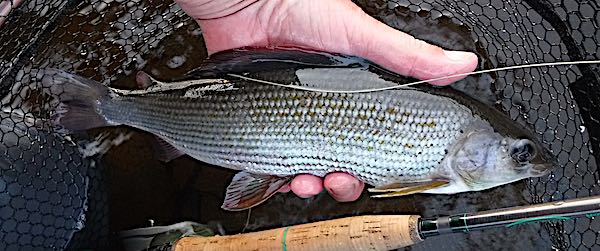
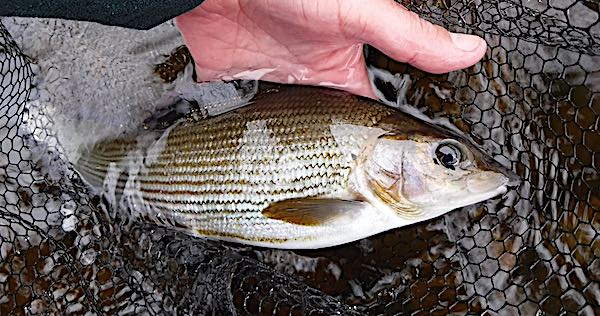
To complete the day, Graham fished the tail of the next pool with wet flies and caught a few grayling and small brown trout.
Trout & grayling fishing in August on the Welsh Dee
Euro nymphing for Welsh Dee trout
A late afternoon euro nymphing session at Grove Farm near Bangor-On-Dee before the rain hit produced a beautiful brown trout.
Euro Nymphing through the Sea Trout Pool – 8/8/22
In preparation for a night-time sea trout fishing trip later in the week, I went on a recce to see how the winter floods have moved the gravel and channels in the sea trout pool. I find euro nymphing the pool is an effective way to build up a picture and as a bonus catch some trout and grayling.

It had been a hot, sunny day (25oC) but as evening approached it began to cool. There weren’t signs of rising fishing, so I set up an 11ft 3# Vision Nymphmaniac to fish a team of three nymphs spaced 18″ apart on a 4lbs fluorocarbon leader (point: #14 purple collar black pheasant tail nymph with a 3 mm silver TB; middle dropper: #14 quill nymph with a 3 mm TB; top dropper: #16 gold ribbed hares ear nymph)
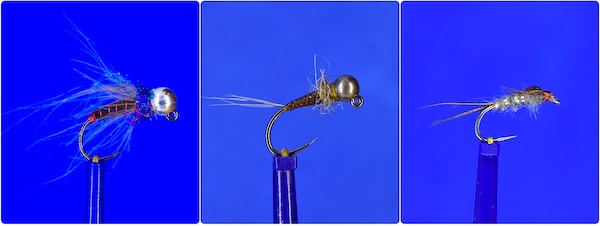
Starting at the tail, I fished my way across and upriver in a zig-zag fashion. After hooking a couple of small trout on the hare’s ear nymph, the indicator slipped under and a better fish darted deep into the main channel.
Carefully, I gained the upper hand and netted a grayling that had taken the quill nymph.
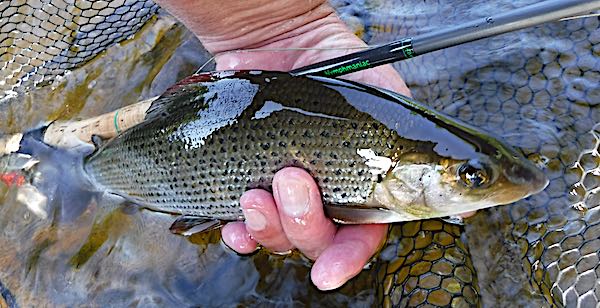
Fishing upriver produced a couple more grayling, which fell for the quill nymph on the middle dropper. Then in a slack pocket behind a rock near the top of the pool, the indicator darted sideways and a…
brown trout when airborne.
After a short struggle, a beautiful brown trout was netted that had taken the gold ribbed hare’s ear on the top dropper.
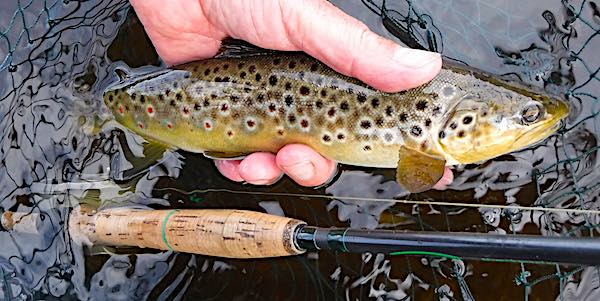
In the fast water at the top of the pool, I caught a few small trout and grayling before my line dipped into a bigger fish that darted downriver stripping line off the reel. Gingerly, I followed it downriver and in the slacker water got things under control and netted a beautiful grayling that had taken the quill nymph.
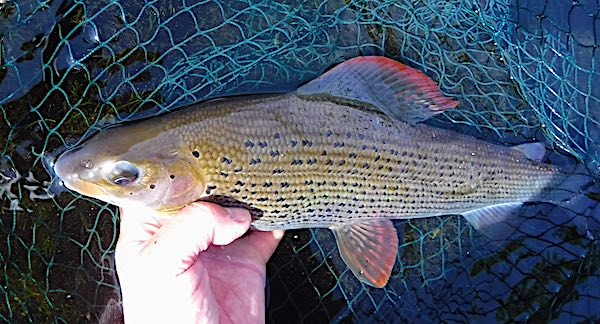
I fished on into the setting sun and caught a few smaller trout and grayling, which mainly fell for the gold-ribbed hare’s ear.
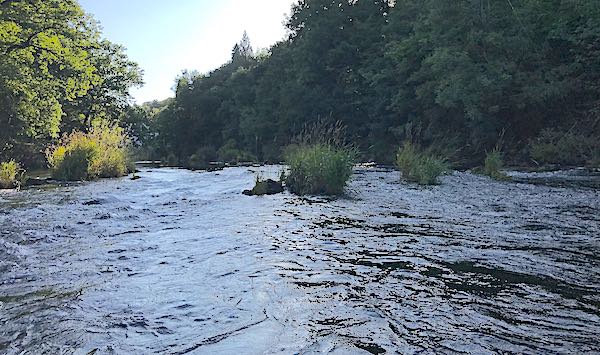
Summer fishing roundup
Overall, despite the challenging dry weather and river conditions, I’ve had a great time euro nymphing on the Welsh Dee and I hope autumn brings more trout and grayling.
Finally, if you are interested in fishing the Welsh Dee there is some excellent Day Ticket water to choose from.
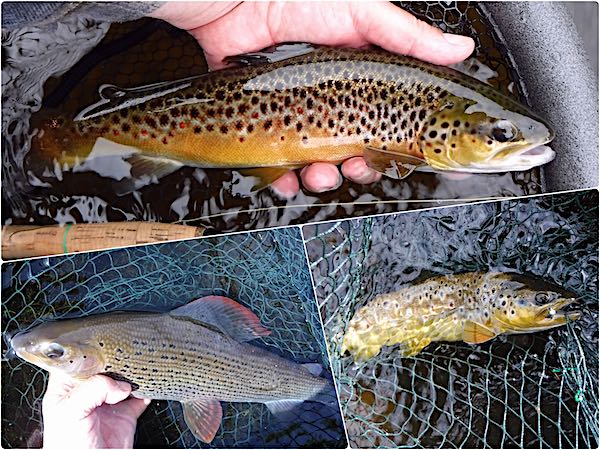
Lovely fishing, looks superb, great surrounds, & lovely fish to boot!
Cheers, Andrew
Great blog as always Andrew , fine looking brownies there , they all look wild?
Hi James,
Nowadays, most of the brown trout on the Welsh Dee are wild, since most clubs stopped stocking several ago.
Thanks for the comments. Cheers, Andrew
Hello once again Andrew. I seem to always be saying the same thing about your articles – that they are very very good and so informative. Oh to live nearer to the Dee than Essex is.
Keep up the excellent work and continued tight lines to you. Best wishes, Iain.
Hi Iain,
Thanks for the feedback and I hope to see you when you visit the Dee again.
Cheers, Andrew
Hi Andrew Great blog again with some lovely fish caught. Unfortunately I don’t fish your waters but your blogs give me so much information that has improved my fishing on the Ribble and the Hodder. Thanks for your advice. Regards Mike
Hi Mike,
Great to hear you are finding the blogs useful and they have been helping you on the River Ribble.
Tight lines, Andrew